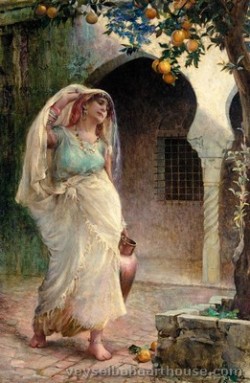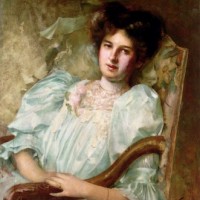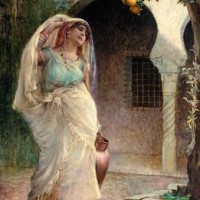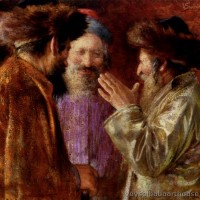- Home
- ABOUT US
- ABOUT VEYSEL BABA
- REDFOX ART HOUSE VIRTUAL TOUR
- MY LAST WILL TESTAMENT
- NOTES ON HUMANITY AND LIFE
- HUMAN BEING IS LIKE A PUZZLE WITH CONTRADICTIONS
- I HAVE A WISH ON BEHALF OF THE HUMANITY
- WE ARE VERY EXHAUSTED AS THE DOOMSDAY IS CLOSER
- NO ROAD IS LONG WITH GOOD COMPANY
- THE ROAD TO A FRIENDS HOUSE IS NEVER LONG
- MY DREAMS 1
- MY DREAMS 2
- GOLDEN WORDS ABOUT POLITICS
- GOLDEN WORDS ABOUT LOVE
- GOLDEN WORDS ABOUT LIFE
- GOLDEN WORDS ABOUT DEATH
- VEYSEL BABA ART WORKS
- SHOREDITCH PARK STORIES
- EXAMPLE LIVES
- ART GALLERY
- BOOK GALLERY
- MUSIC GALLERY
- MOVIE GALLERY
- Featured Article
- Home
- ART GALLERY
- Isaac Snowman

Isaac Snowman
Isaac Snowman (1873 – 11 February 1947)[1] was an Anglo-Jewish artist who made Jewish cultural themes his subject.
Early life
He was educated at the City of London School. In 1890 he entered the Royal Academy School, where he gained a free medal, and afterward a scholarship in the Institution of British Artists. He showed his interest in Jewish matters by his drawings A Difficult Passage in the Talmud and The Blessing of Sabbath Lights, as well as by his Early Morning Prayer in the Synagogue.
His older brother Jacob Snowman was a London medical doctor and prominent mohel, who circumcised Charles, Prince of Wales and possibly other members of the British Royal Family. His younger brother was Emanuel Snowman, the jeweller, politician and community leader.[1]
Career
In that year, 1897, he formed a group of English Jews known as the Maccabaeans, including Israel Zangwill and Herbert Bentwich, which undertook a pilgrimage to Palestine in the same year. [2]
Of his paintings, which were devoted mainly to portraits and domestic views, Children's Voices (1901) attracted a great deal of attention, and The Bride (1904) was very popular at the time. He also exhibited a study of Sardanapalus, as well as The Wailing-Place at Jerusalem and The Proclamation of Joseph as Ruler of Egypt.
Personal life
Isaac Snowman was married to Pearl Alexander at the North London Synagogue on 13 September 1898. According to the report in The Times the marriage was never a happy one for the wife owing to the husband's exaggerated views on the subject of "wifely obedience." They lived in Algiers and Hampstead, and after their son died they adopted a daughter.
In August 1907, Isaac Snowman left for Africa to execute a commission for the King of Dahomey. Subsequently Pearl filed for divorce on grounds of statutory desertion and adultery, which was granted in June 1909. [3]
Isaac Snowman moved to Jerusalem, where he had a studio over the Damascus Gate. In the riots that occurred in Jerusalem on 2 November 1921, Snowman encountered a mob and, while trying to make his way through with two friends, was stabbed. [4]
Death
The outbreak of the Second World War found Snowman on a visit to England and his failing health prevented him from returning to his home in Jerusalem.[5]
Isaac Snowman died peacefully on 11 February 1947, and his funeral was held the following day at Willesden Cemetery. [6]
Bibliography
- The New Era Illustrated Magazine, New York, Jan., 1905
- Jewish Year Book, 5665 (1904-5).
- The Palestine Post, Jerusalem, 17 March 1947 and 27 March 1949
- The Times, London, 10 June 1909 and 12 February 1947.
- The Jewish Chronicle, London, 28 November 1921



